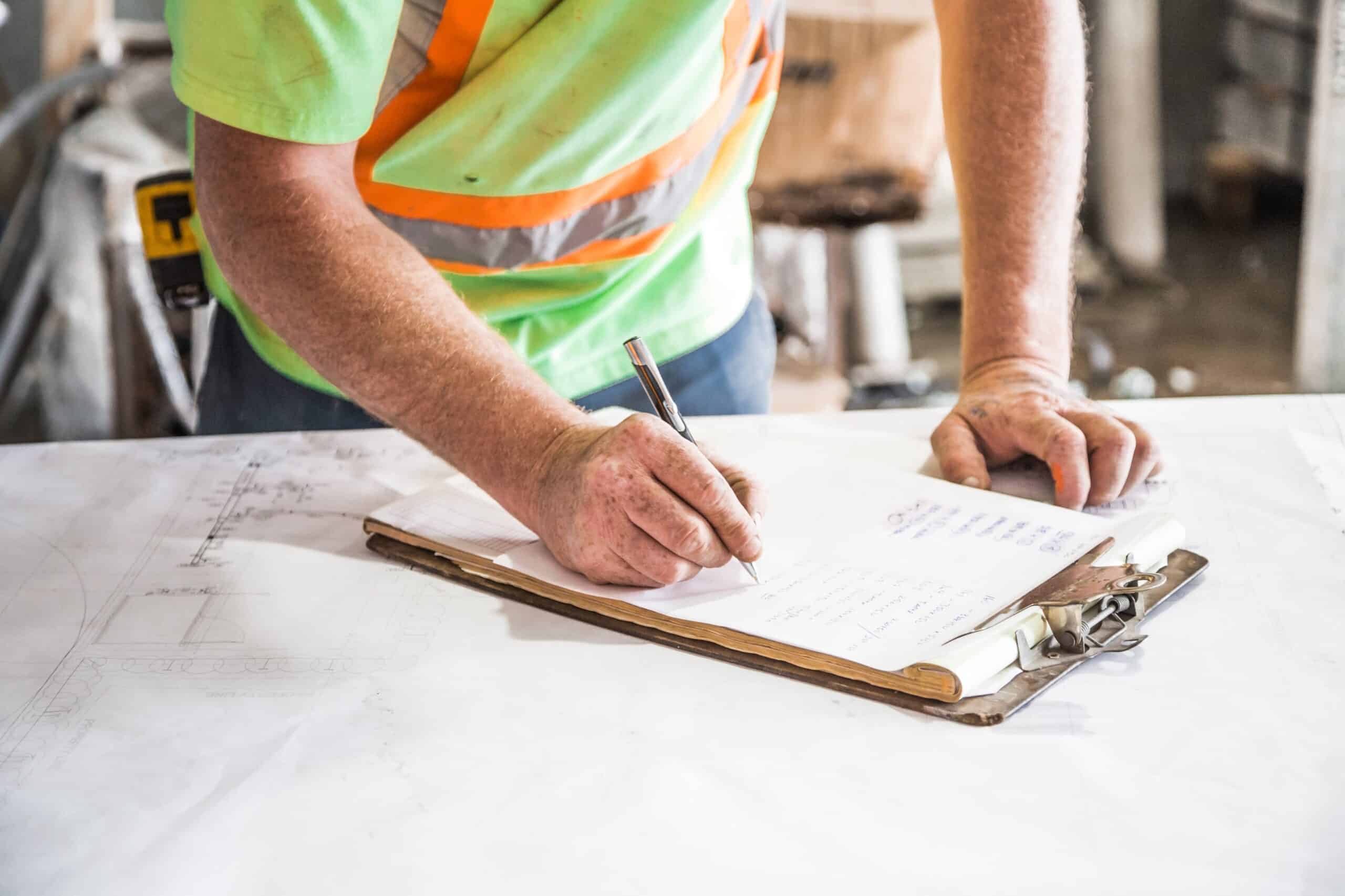Each month, utility bills arrive for your commercial building. You open the envelope, read the amount and cut a check. What you might not know is that these bills hold a lot more information about your building than you might think. They are your first clue that something could be wrong with your building. High spikes in your energy usage point to problems with your system, but they also show you an opportunity for improving your building and minimizing these monthly expenses.
When you hear the words building diagnostics, you might be overwhelmed with what that could entail. It seems like a lot to be done, and might not seem as urgent as other items on your to-do list. But the importance of understanding the state, and shortcomings, of your building system, is something savvy building owners don’t take lightly. The core function of a building is to keep the people inside of it comfortable. Without this, your building is not likely to be a place businesses or workers want to be, and in the long-term, creates costly repairs that could have been prevented. Happier and healthier tenants are less likely to leave a building, meaning less tenant turnover for you.
Choosing the Right Testing
There is a big difference between building diagnostic testing and inspections or energy audits. The latter are often expensive tests that don’t get to the core of the problem. A full building diagnostic test looks at the unique challenges of each building and helps identify a specific plan for building sustainability and ensuring the health and safety of the occupants. Let’s take a look at each of these assessments and compare how they provide actionable steps for solidifying the interaction between structure, people, and energy.
Commercial Building Inspections
Unlike building diagnostics testing, the commercial building inspection is a visual inspection of the building. These inspections lack the depth of testing and simply look at the current condition of the property to help guide building owners in maintenance efforts. Great for providing statistical data on a building or system, they do not take a comprehensive look at the building and combine energy efficiency opportunities, water leakage, air leakage, and much more that contribute to not only the health of the building but the health of the people inside of the building.
Commercial Energy Audit
An energy audit is the first step in assessing a building’s efficiency. The goal is to identify energy efficiency opportunities and what steps can be taken to make a building more efficient, comfortable and safe for the occupants. What an energy audit does not do is look at the unique challenges of the building. These audits look for specific areas predetermined by the audit itself. While useful in assessing a building, it lacks the specific action plan a full building diagnostics test would provide. Instead of looking at the building as a whole system, it looks at individual aspects of the building.
The next time you open a bill for your commercial property, take a moment and think about what you could do with the money you would save month over month with a more efficient building. Also, consider the people inside of the building. Is your building in the best shape it can be to ensure the health and safety of the people inside? Finally, think about the lifespan of your building. Maintaining a healthy and efficient building is much less money out of your pocket than big renovations or a full rebuild. If you’re ready to make your building more efficient, comfortable and safe, connect with us for a full building diagnostic test. We’ll not only point out opportunities for efficiency but provide specific, actionable reports that provide practical and economical advice for making healthy and smart building decisions.







